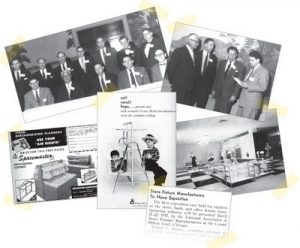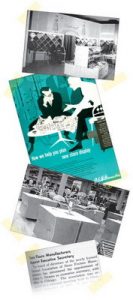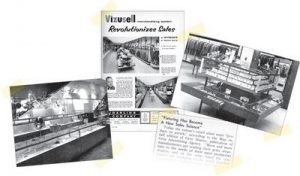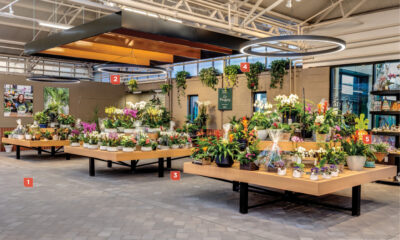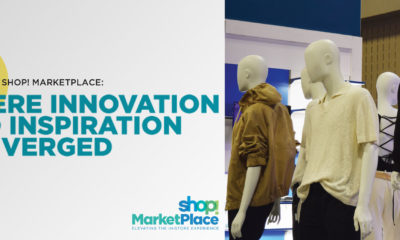In May 1955, nine store fixture manufacturing executives met in New York to discuss creating a national association. That fall, the National Association of Store Fixture Manufacturers was organized, in Cleveland.
By early 1956, the new NASFM stated proudly that it had 32 members, offices in Chicago and an executive secretary, Robert Strauss. Plans were underway for its first annual convention, at Chicago’s Palmer House hotel.
W.F. (Fred) Aschinger Jr., president of Columbus Show Case Co. (Columbus, Ohio), was elected the association’s first president. Other officers of the new organization were Richard Kaufman of American Store Equipment & Construction Corp. (Muskegon, Mich.) and William Wyckoff of Edinger-Wyckoff Inc. (Stroudsburg, Pa.).
Display World magazine announced this “newly formed National Association of Store Fixture Manufacturers,” but it wasn’t major news. The world of retail merchandising in the mid-1950s was not about fixtures, it was about display: mannequins, signs, props, materials, lettering, foliage. Plastic and fiberglass were generating all the excitement. Even the new possibilities created from lighting advances seemed more important to display personnel than fixtures.
The romance came from the vignettes and tableaux created for holiday merchandise presentations and seasonal campaigns. The retailer’s “branding” was in the architectural individuality of the space, not from the linear yardage of unremarkable showcases, racks and counters.
True, the merchandise had to go somewhere. But there didn’t seem much emphasis on where it was presented, or how. All fixtures seemed to look pretty much alike. Everything was either wood or metal. Most manufacturers served two or three customers, at most, and enjoyed upwards of three months lead time to fill orders. It was a simpler time.
But something important was happening in those dull and placid Eisenhower years: The economy was booming. And the booming was in the consuming.
In May 1956, a white paper from the Grey Advertising Agency remarked on the changing face of retail. “The drug chains have added housewares and toys, to step up volume yield per acre,” the report said. “The supermarkets are increasing their volume yield in non-food lines. Department stores, too, are striving for increased productivity, streamlining of selling and conversion of more departments to make buying easier for the consumer and speeding up the time required per transaction.
“But merchandise and merchandising are only one facet of the reorganization for higher-volume densities,” the paper said, as reported in the June 1956 issue of Display World. “Fixturing has become a new sales science. The exploitation of cubic area, the use of flexible fixturing, enables companies like Sears and Kresge’s to expand and contract their departments to match seasonal peaks and valleys.”
That same year, a displayman named George Reiner told the National Association of Permanent Display Producers that they’d better find a way to sell more aggressively. “I’m sure you’ll agree,” he told the group, “that our business has prospered in the years since the war. And self-service has been one of the greatest boons. [But] I feel very strongly that display must be continuously improved, simply because the consumer – with more spending power and a wider choice of goods – is bound to become more selective. In an average store, there are so many competitive products vying for attention that only truly outstanding display can be expected to stop the consumer, inspire her to examine it and cause her to take it home.”
According to Reiner, shoppers were becoming more sophisticated and selective, and more expectant of easy-to-reach merchandise. “Merchandise on display must not be a labyrinth the customer has to wander through,” he said. “The customer should not be required to be an expert on logistics to solve the problem of reaching the product. Let her gain access to what you are selling if you wish to gain access to her pocketbook.”
Opportunities were bubbling for the fixture makers. “The idea [for the association] was to discuss common issues that would enhance the strength of their businesses,” says Carl Aschinger Jr., chairman and ceo of Columbus Show Case and nephew of the first NASFM president.
Society was suburbanizing. Automobiles, superhighways, jet passenger travel and television sets were shrinking our world. And the computer, which in 1956 weighed a couple of tons and sat by itself in an air-cooled room processing punch cards, would transistorize and miniaturize. Electronic developments would turn fixture manufacturing from the mass-production of commodities to a customizable process, allowing retailers to define their spaces on a more-permanent basis with fixtures, millwork, showcases, shelving and the like.
Suburbanization led to store chains, and the architectural elegance of the downtown emporium was replaced by the square vanilla boxes of the mall. Fixturing began getting the assignments to present merchandise, maximize square-footage efficiency and tell the retail story.
Those changes led the fixture makers to participate with retailers on their changing needs and expectations, creating that consultative “partnership” that has grown and redefined itself over the years.
In the 1960s, according to NASFM, the innovations included self-service racks and cases and wall display systems; in the 1970s, there was greater use of metal, glass and plastic; in the 80s, slatwall, slotwall and fixtures on wheels.
It culminated, in the 1990s, with computer aided manufacturing (CAM), the ability to meet retailers’ needs for exotic shapes, short runs, combinations of materials and tricky accessorizing – pucks and slats and pogs and signholders and hooks and modularity.
And just to show how the retail world has evolved in 50 years, the tail is now wagging the dog. NASFM began providing administrative services for the National Association of Display Industries (NADI), retail’s visual merchandising body, in 2001. The groups merged earlier this year under NASFM’s management.
Today, store fixturing is a $10 billion industry in North America and NASFM has more than 750 members. “We’ve grown from a humble association to a highly regarded professional organization that is responsive to what members want,” says Robert Reeve Frackelton, currently NASFM treasurer (and vp of Reeve Store Equipment Co., Pico Rivera, Calif.).
“We’re facing globalization, an extremely competitive industry and challenging profit margins,” says Klein Merriman, NASFM’s executive director since 1995. “Our members are doing more than just manufacturing. They are now project managers. That takes a different personality and a different skill set. If fixture companies are able to profitably provide an increasing number of services to their customers, our future doesn’t look too bad.”
Exactly what nine businessmen were thinking, too, sitting in a room in New York a half-century ago.

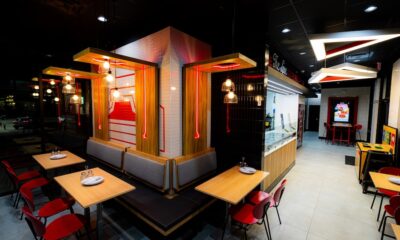
 Headlines1 week ago
Headlines1 week ago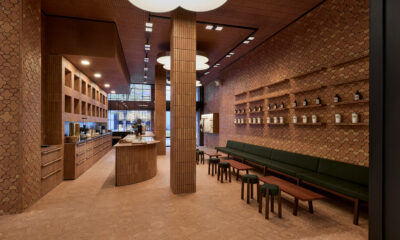
 John Ryan2 weeks ago
John Ryan2 weeks ago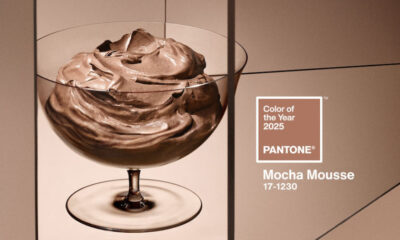
 Headlines6 days ago
Headlines6 days ago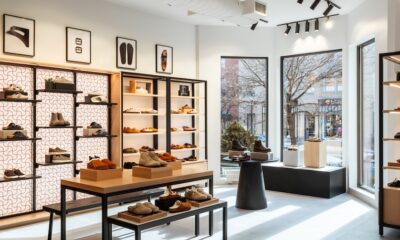
 Headlines2 weeks ago
Headlines2 weeks ago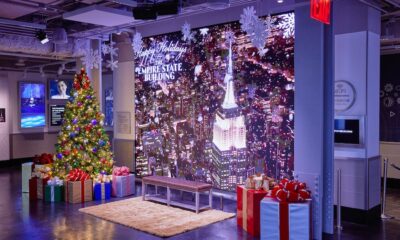
 Headlines1 week ago
Headlines1 week ago
 Hospitality2 weeks ago
Hospitality2 weeks ago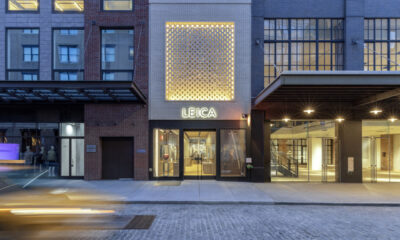
 Retail Buzz3 days ago
Retail Buzz3 days ago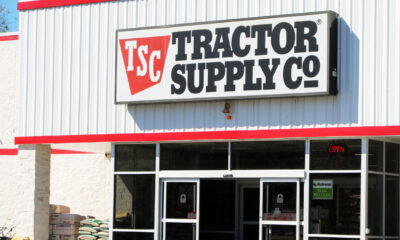
 Headlines7 days ago
Headlines7 days ago
